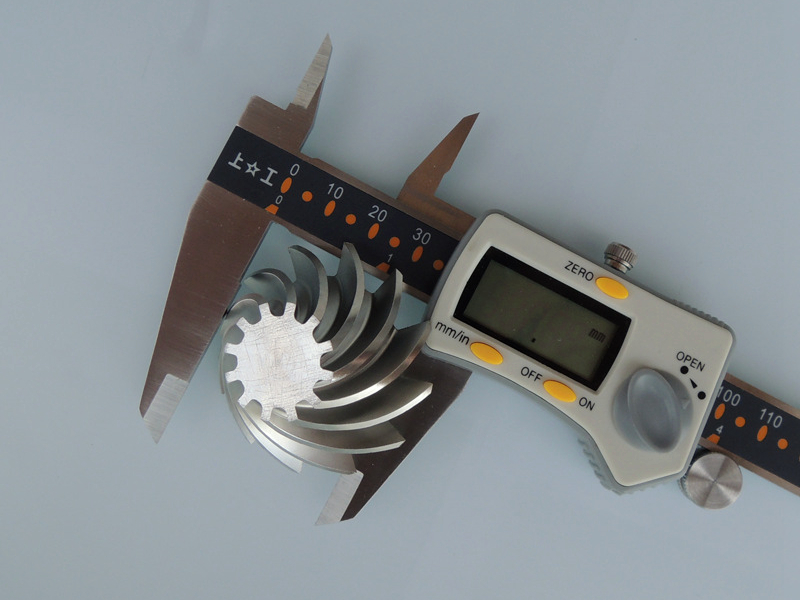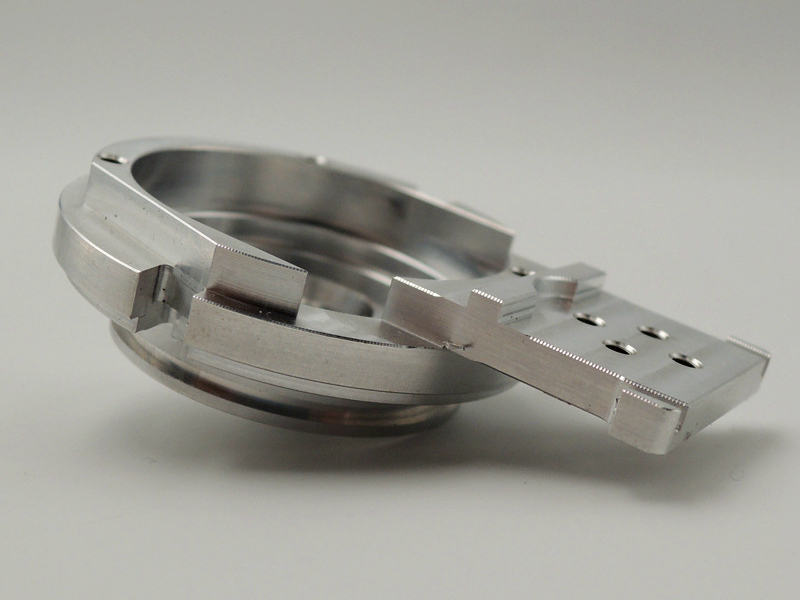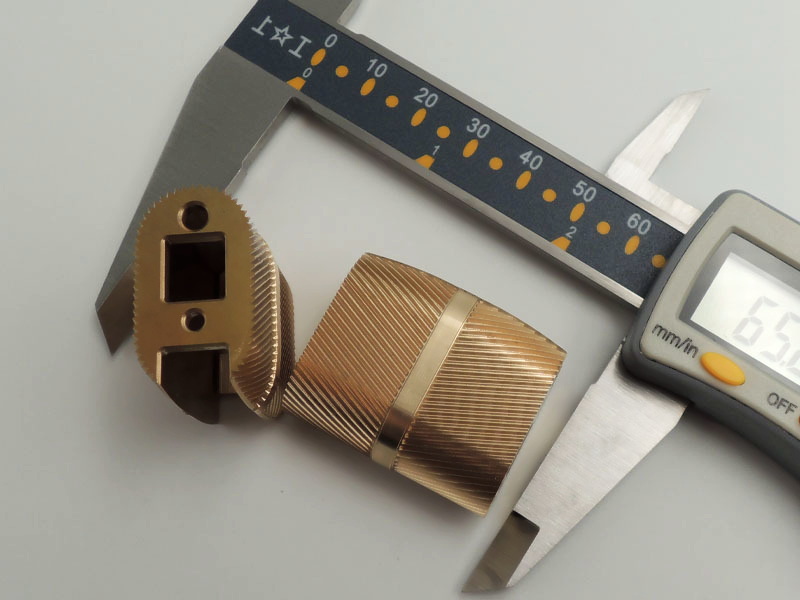When should I choose 5-axis milling over 4-axis for a complex geometry?
When Should I Choose 5-Axis Milling Over 4-Axis for a Complex Geometry?
Key Differences Between 4-Axis and 5-Axis Milling
While both 4-axis and 5-axis CNC milling extend the capabilities of standard 3-axis machines, they differ significantly in rotational freedom, part access, and setup efficiency. Choosing 5-axis over 4-axis is recommended when your part’s geometry requires continuous movement across multiple angles or precise machining on multiple faces in a single setup.
Feature | 4-Axis CNC | 5-Axis CNC |
|---|---|---|
Axes of Movement | X, Y, Z + rotation around one axis (A or B) | X, Y, Z + simultaneous rotation around two axes (A & B) |
Setup Flexibility | Multiple setups for multi-face access | Full 5-face access in one setup |
Best for | Cylindrical features, basic 3D contours | Complex curved surfaces, undercuts, compound angles |
Machining Accuracy | Moderate | High (fewer repositions, tighter tolerances) |
Scenarios Requiring 5-Axis Milling
Parts with Freeform or Compound Surfaces Examples: turbine blades, impellers, orthopedic implants These shapes require simultaneous multi-axis motion that 4-axis machines can’t achieve without re-clamping.
Undercuts or Deep Cavities at Compound Angles A 4-axis setup lacks the tilt axis needed to reach non-planar features. A 5-axis machine can orient the part dynamically for tool access.
High-Precision Features Across Multiple Faces 5-axis eliminates setup errors by allowing machining of all critical faces in one clamping, especially valuable in aerospace or medical parts.
Reduced Fixture Complexity and Machining Time Fewer setups mean fewer custom fixtures, reduced production time, and less cumulative error—ideal for high-value robotics or automation components.
When 4-Axis Is Still Suitable
4-axis machining is appropriate when:
The part has features only on cylindrical or adjacent faces
All features can be reached with a single rotation axis
Budget or lead time favors simpler setups
Neway’s Multi-Axis Capabilities
Neway offers advanced multi-axis CNC machining services with both 4-axis and 5-axis equipment. Our engineers evaluate your part’s geometry and functional requirements to recommend the optimal strategy for accuracy, efficiency, and cost control.
Explore related CNC services:



